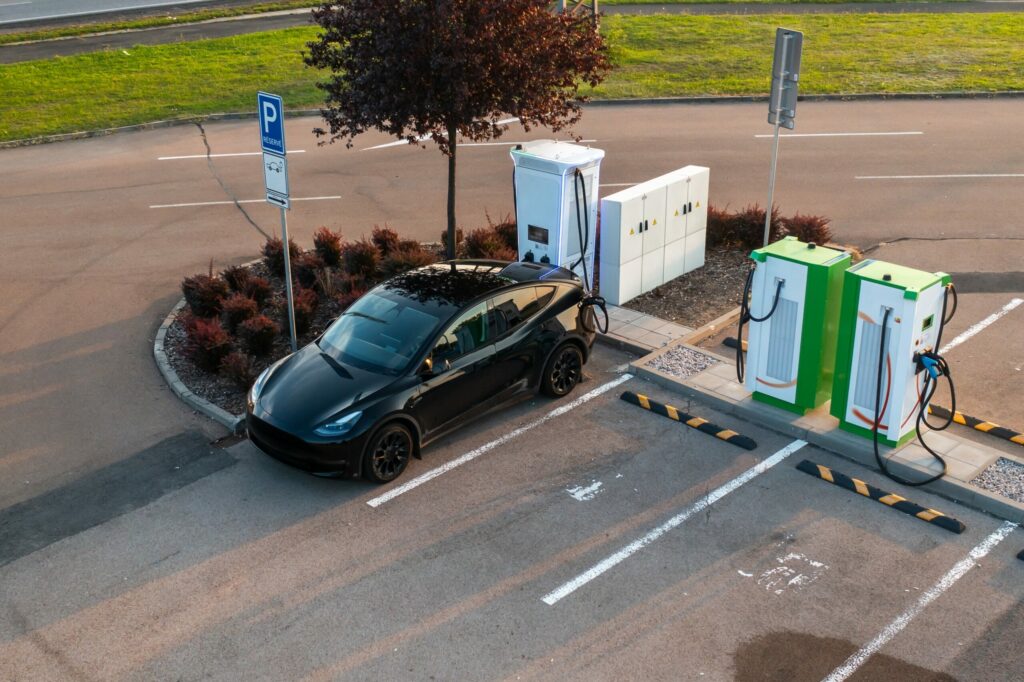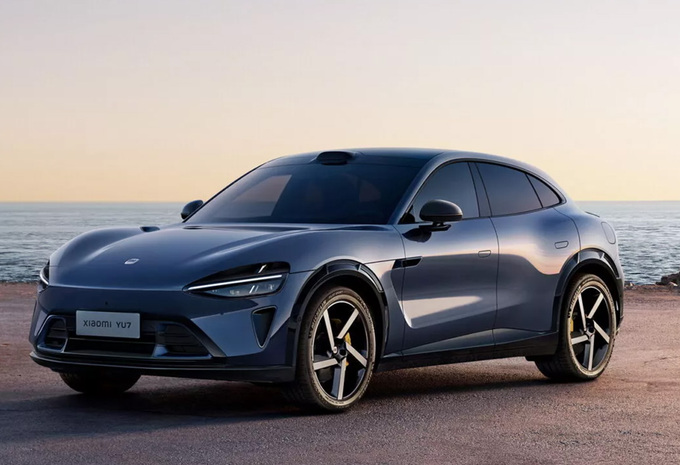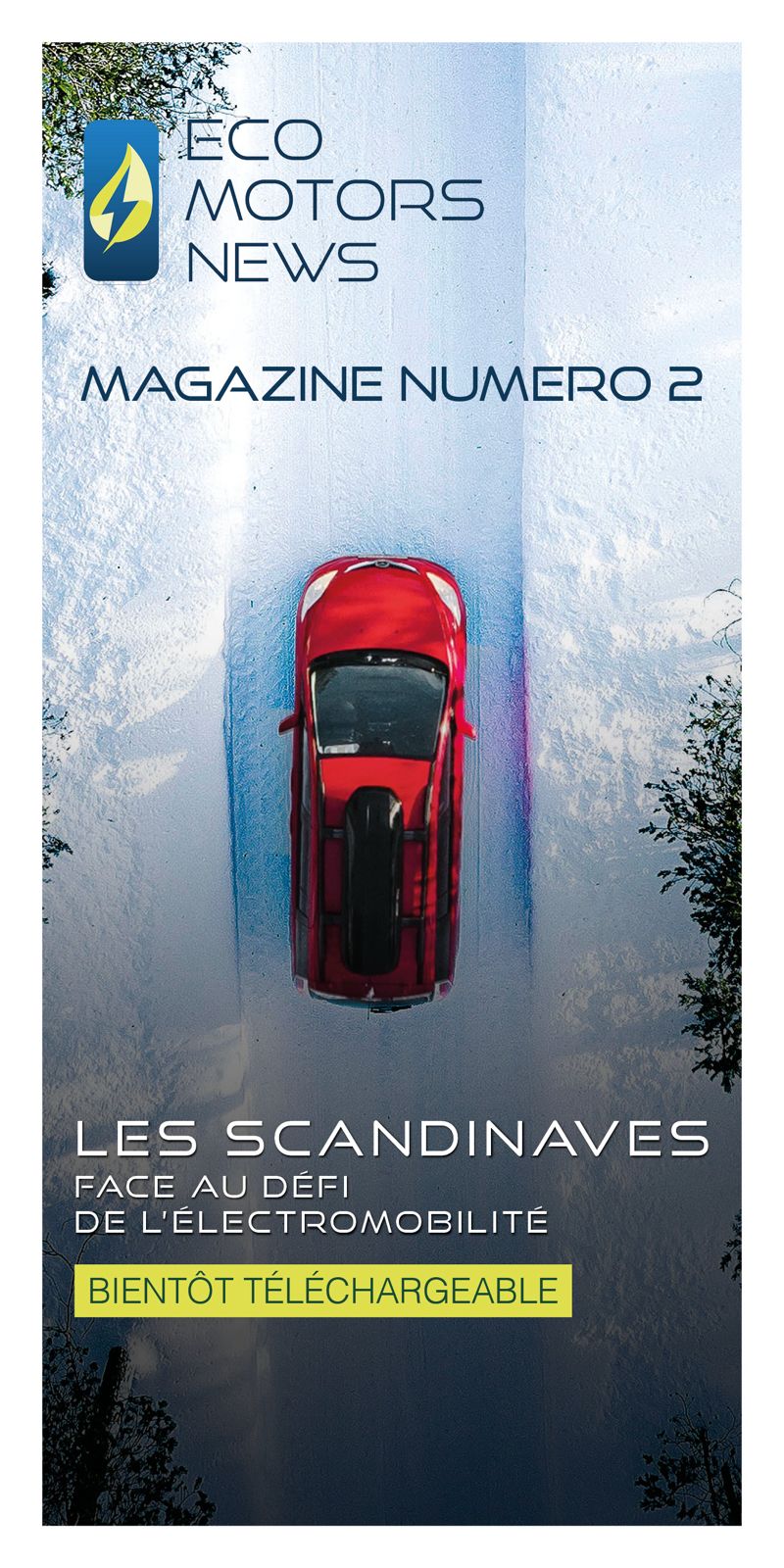From next week, Google Maps will activate a new function that uses artificial intelligence to estimate how many charging points will be available by the time a driver arrives. The service will initially be deployed on Android Auto and in vehicles directly integrating Google services. With this update, the company promises to reduce one of the main frustrations of electric car drivers: unexpected queues at charging stations.

An update with unprecedented scope
To develop this new feature, Google is relying on its in-house AI model, Gemini. This tool continuously analyses two types of data: the history of use of charging points, i.e. the times when they are most in demand, average charging times, peaks observed during the week, and real-time information sent by operators. The idea is simple, but ambitious: rather than simply indicating whether a charging point is free, Google Maps will now try to predict what state the station will be in when the user arrives. This will avoid a situation that drivers are all too familiar with: setting off for a station that is displayed as available, only to find it occupied once they get there. Google sums up this philosophy by explaining that the feature aims to « help users avoid queues and save time ».
In its official announcement, the company states: « Prediction of the availability of EV charging stations will be launched next week in Android Auto and in cars integrating Google services for hundreds of thousands of charging stations around the world ». This massive roll-out, without a test phase limited to just a few countries, shows just how strategic this issue is. Today, the availability of charging stations is one of the most decisive criteria in the electric driving experience, often even ahead of charging power. At the same time, Google is updating the Android Auto interface with more precise filters: recharging speed (slow, fast, very fast), payment methods accepted, compatibility according to standards, and accessibility according to vehicle type. This is an important development to avoid destination errors, a frequent problem, especially on long journeys.
A response to a very real problem
If Google is pushing this type of technology so quickly, it’s because the saturation of the recharging network is becoming an increasingly visible issue. Electric car sales are rising, but the infrastructure is following a less aggressive curve, sometimes creating occasional tensions. Anyone who drives an electric car has already experienced these situations: a charging point displayed as available in the application but then occupied, vehicles charging for longer than expected, stations closed for no apparent reason, or simply an accumulation of cars on the same charging point when going on holiday. By integrating historical data, Google Maps can anticipate these phenomena. For example, if a station is systematically full between 6 p.m. and 8 p.m. on weekdays, the application will be able to warn the driver in advance and suggest a better-positioned or less-frequented alternative.
By redirecting some users to nearby charging points, Google can help to improve the distribution of traffic, a crucial issue in urban and tourist areas. For users, the benefit is immediate and visible. Anticipating the condition of a charging point before you go there means avoiding adding stress to an already long or busy journey. It also reduces dependence on a single operator or a single station, by providing access to a more global view of the network. On long journeys, where each stop has to be carefully thought through, this prediction can simplify planning: choosing a station in advance, adjusting your itinerary according to availability, or even reducing the number of stops if you know that the chosen terminal will be free at the right time.

Google continues to make its mark on the EV ecosystem
This new feature is the latest in a long line of functions dedicated to electric vehicles: estimated battery level on arrival, suggestions for optimised stops, advanced sorting of charging points, highlighting of ultra-fast stations, and integration of charging limits recommended by certain manufacturers. Maps is gradually becoming a real co-pilot for electric driving, with tools that go beyond simple navigation. The company is working to transform data into automatic or semi-automatic decisions, to lighten the driver’s load. At a time when the transition to electric vehicles is gathering pace, this type of functionality could become the norm and one of the criteria influencing the choice of vehicle or in-car multimedia system.
With sales of electric vehicles growing faster than the deployment of new charging points, intelligent network management is becoming essential. Google Maps is not alone in this field, but its ability to centralise data from different sources gives it a major advantage. By predicting the availability of kiosks, Google is providing a technical response to a practical problem experienced daily by millions of motorists. A development that could well change the way we approach long-distance journeys… and finally reduce the « stress of recharging ».















